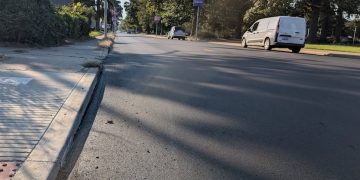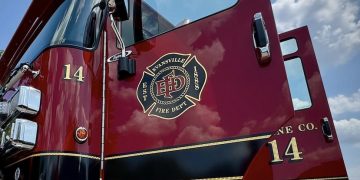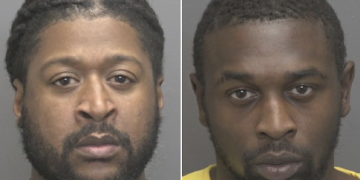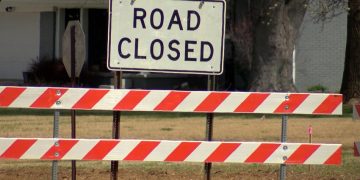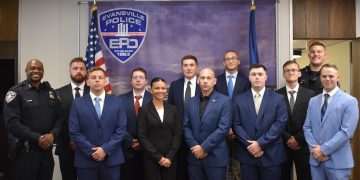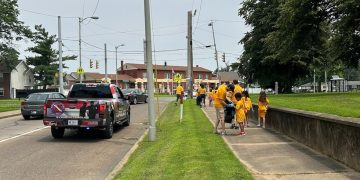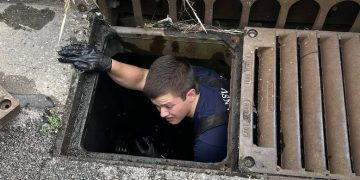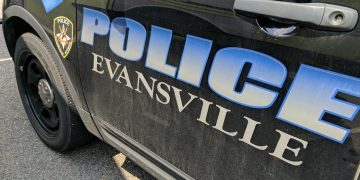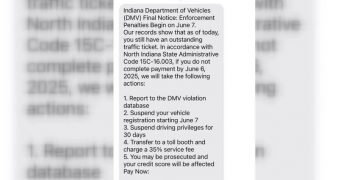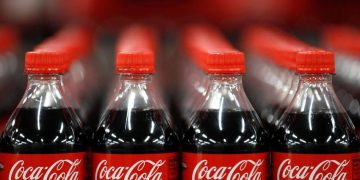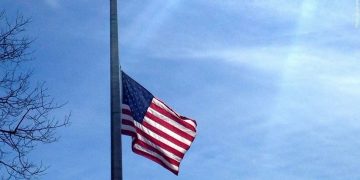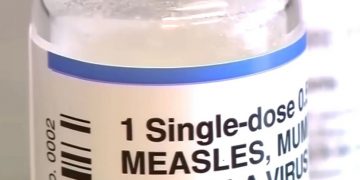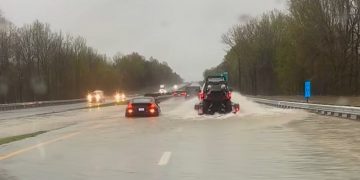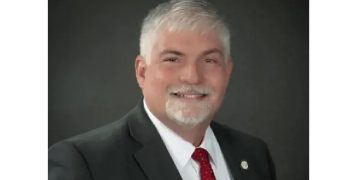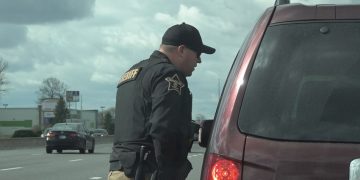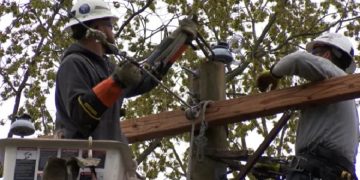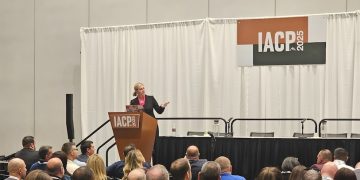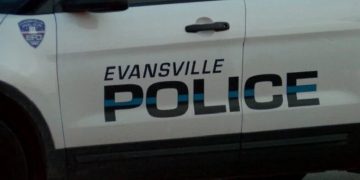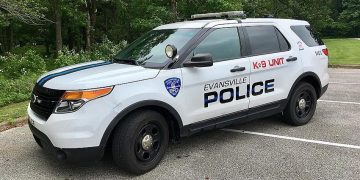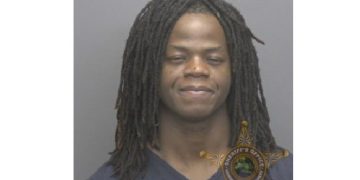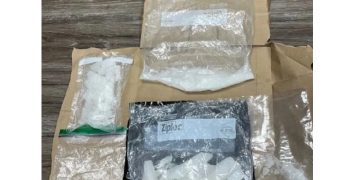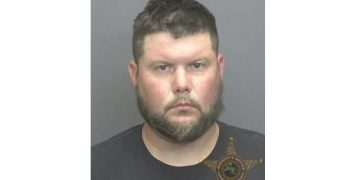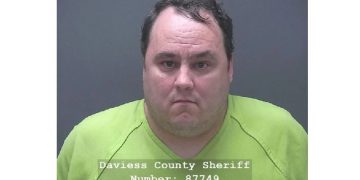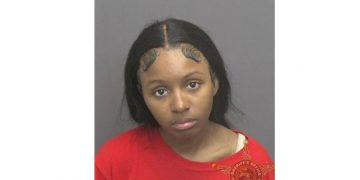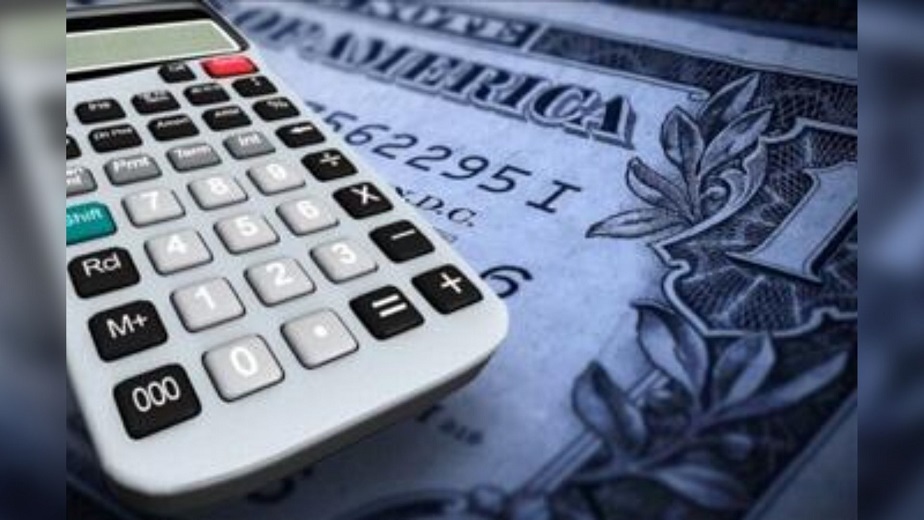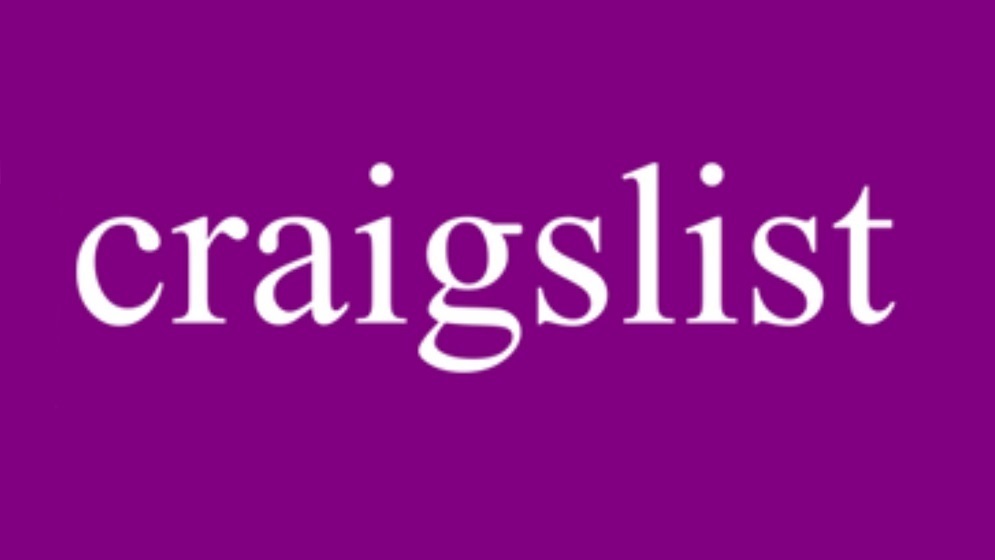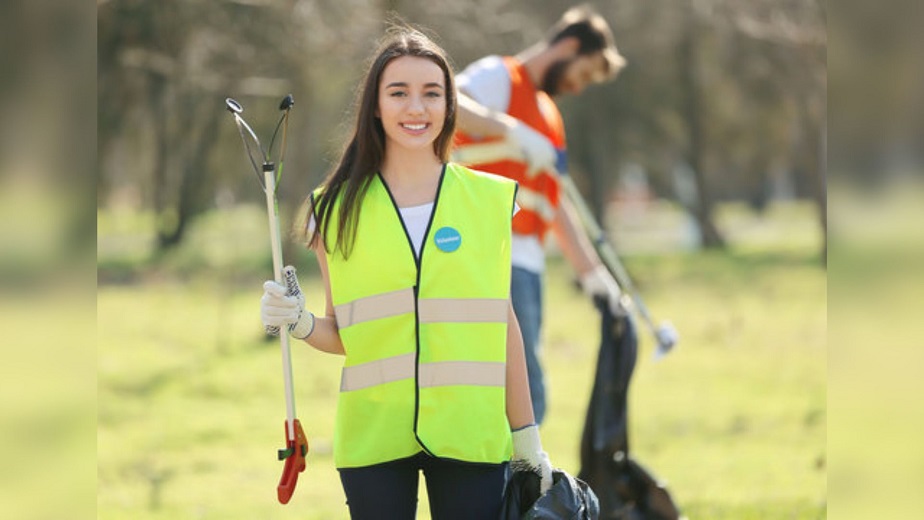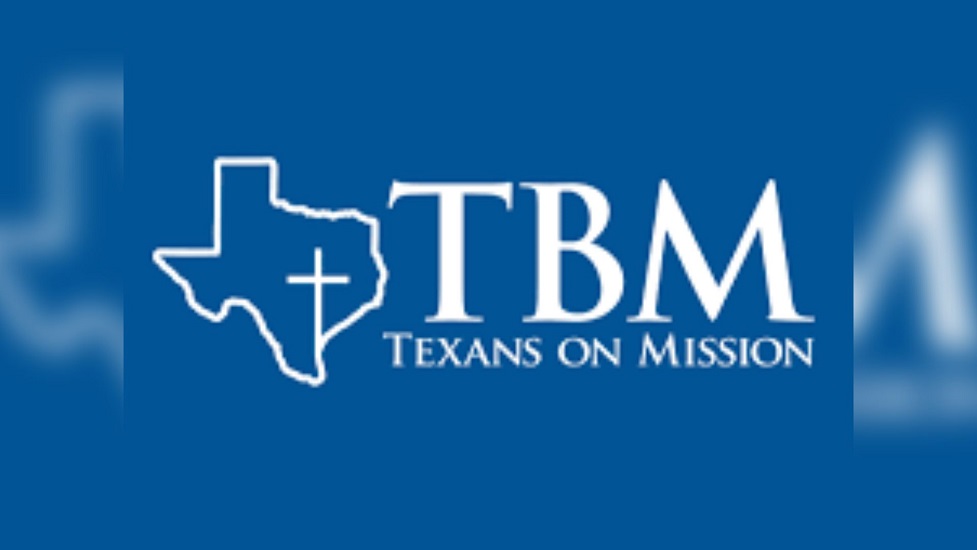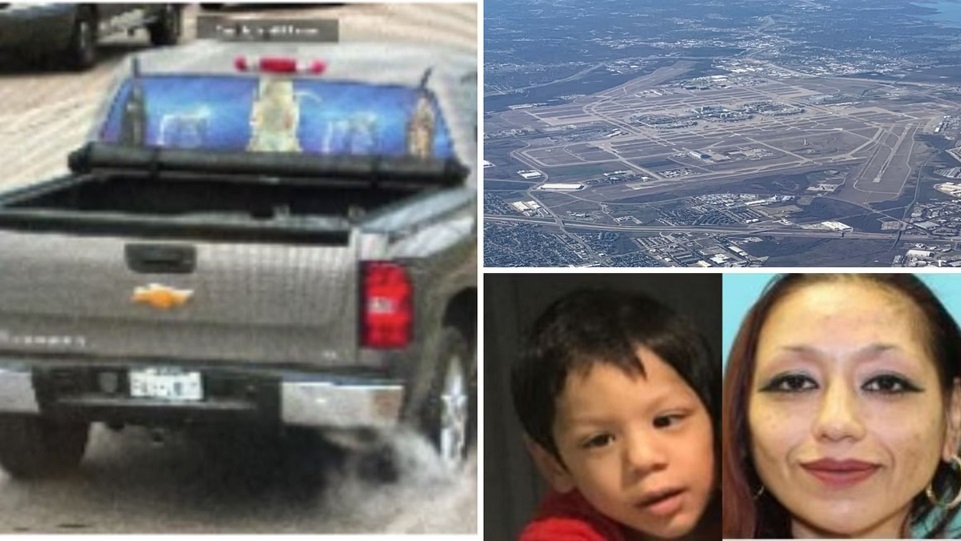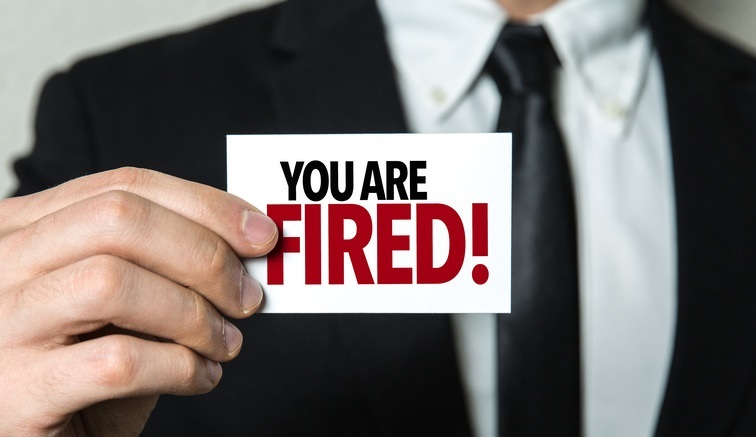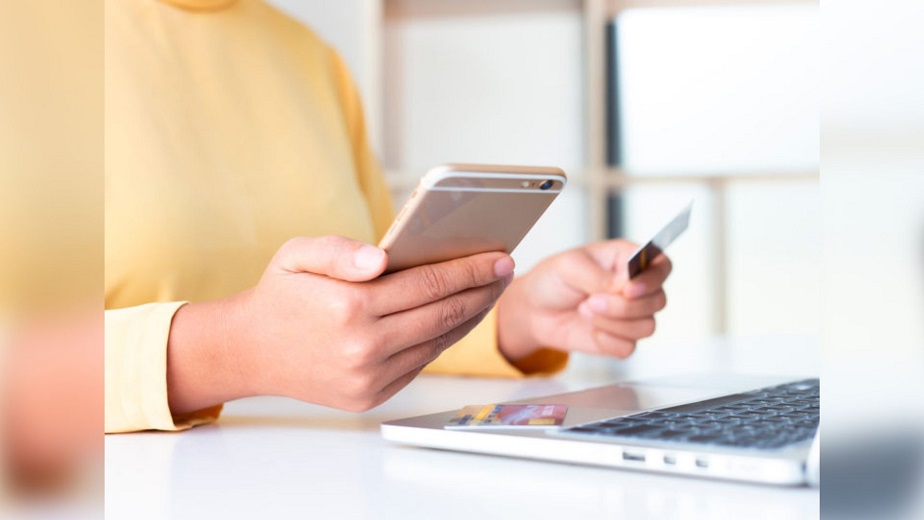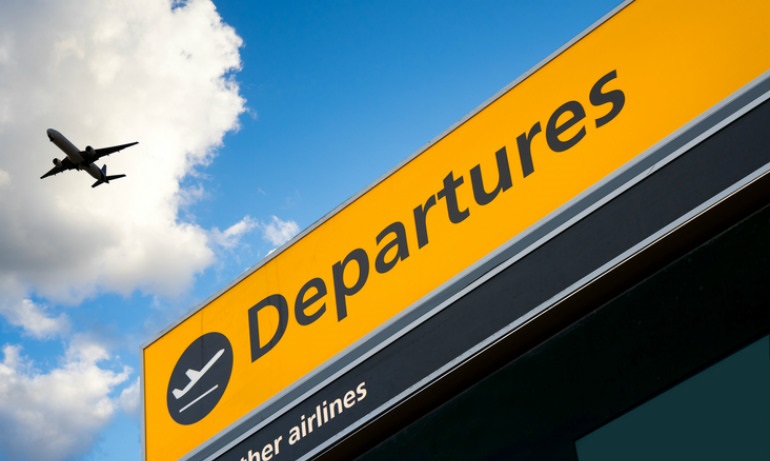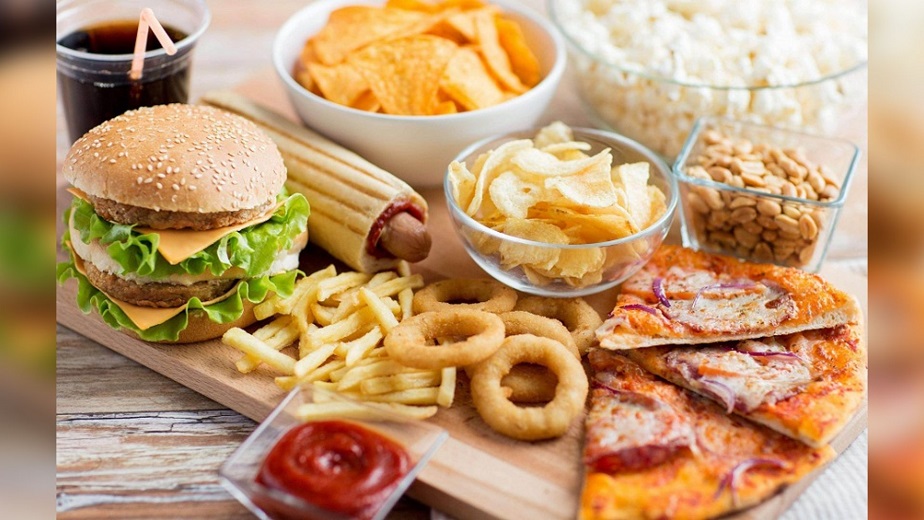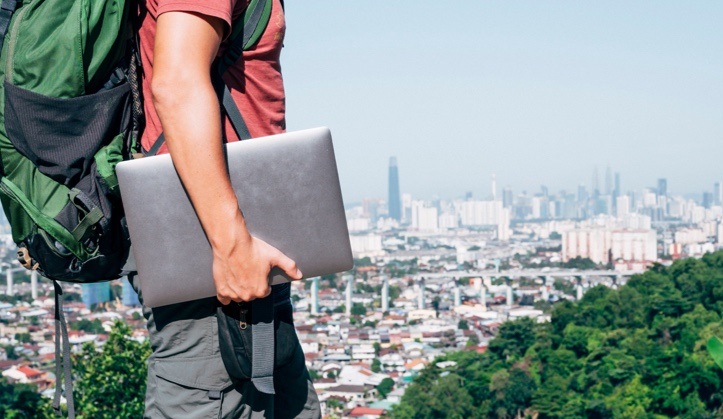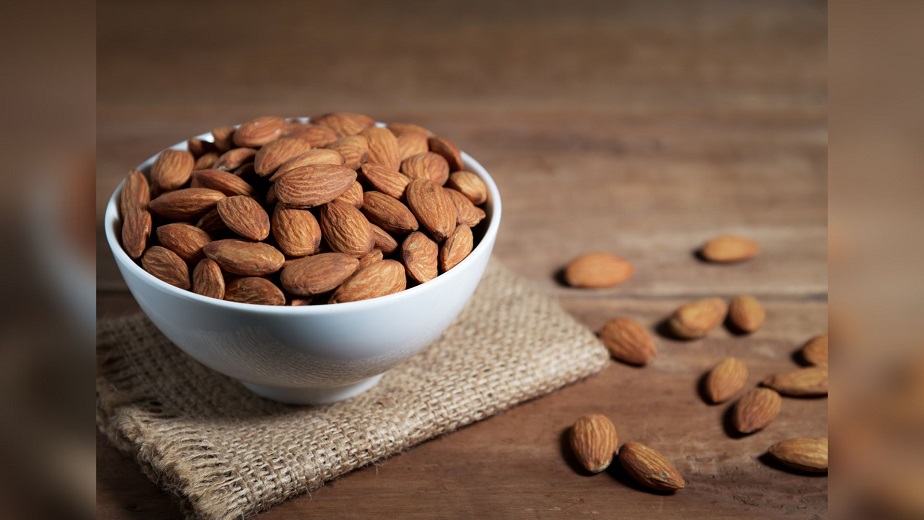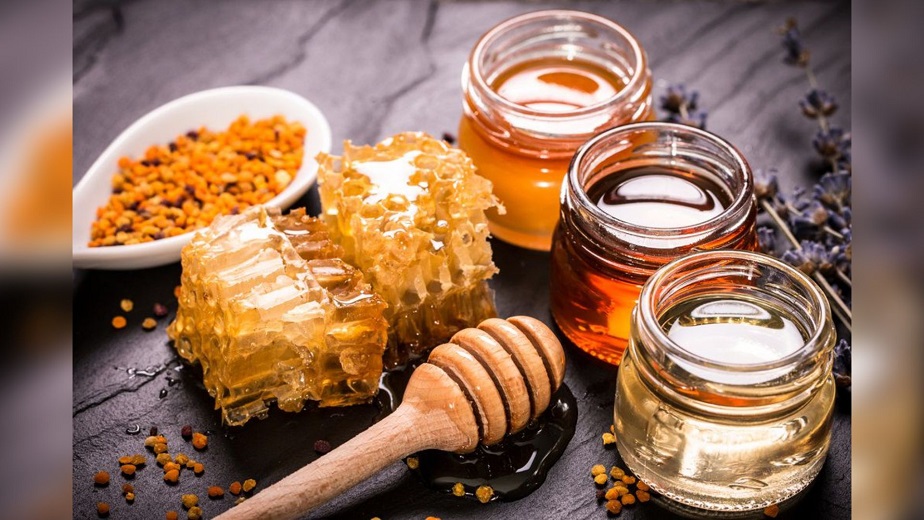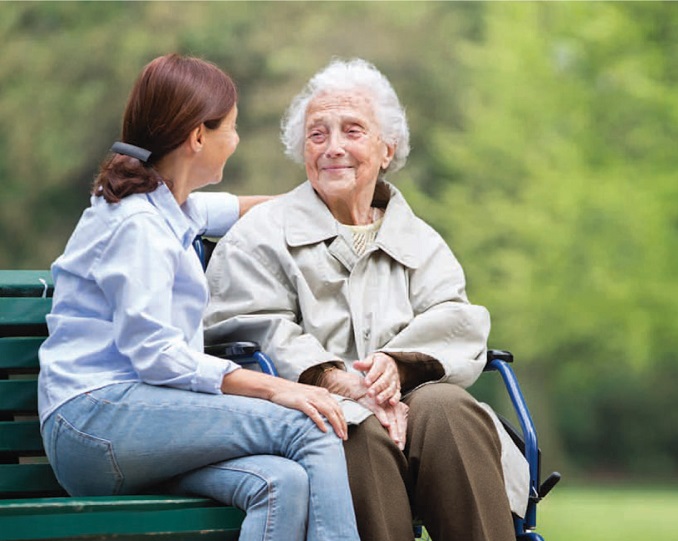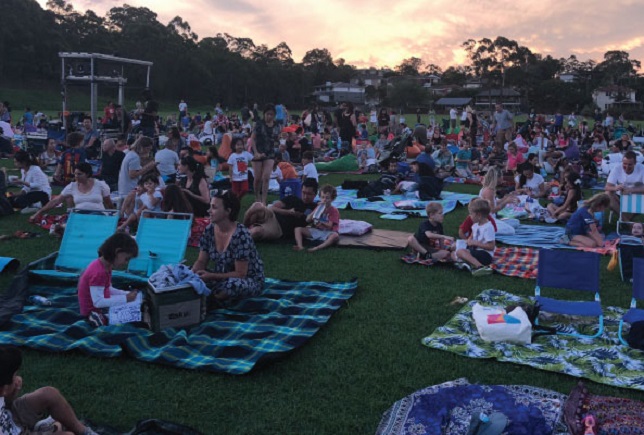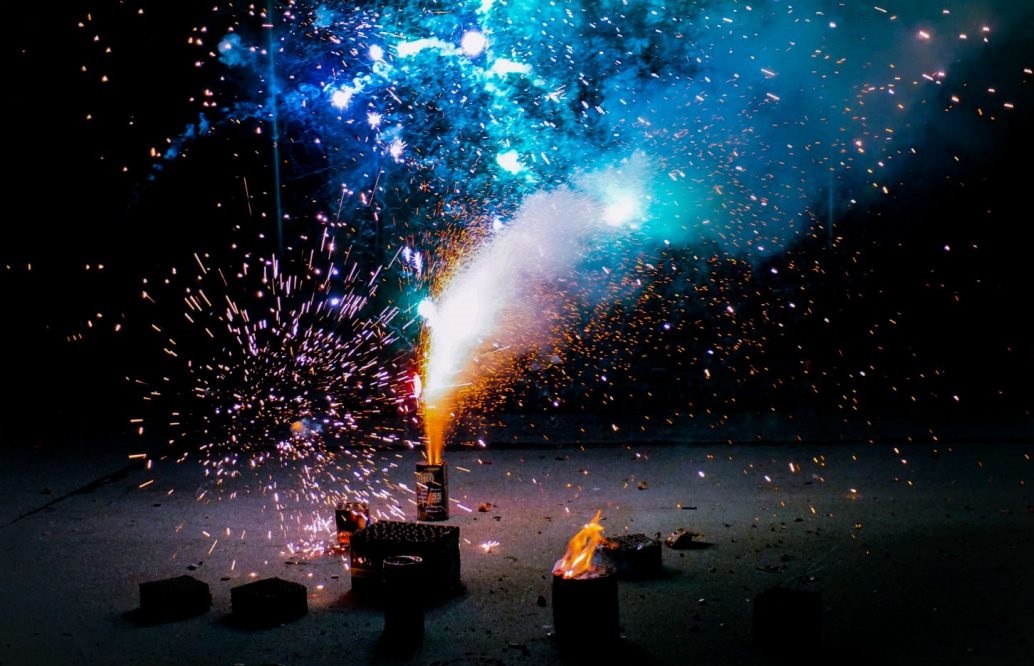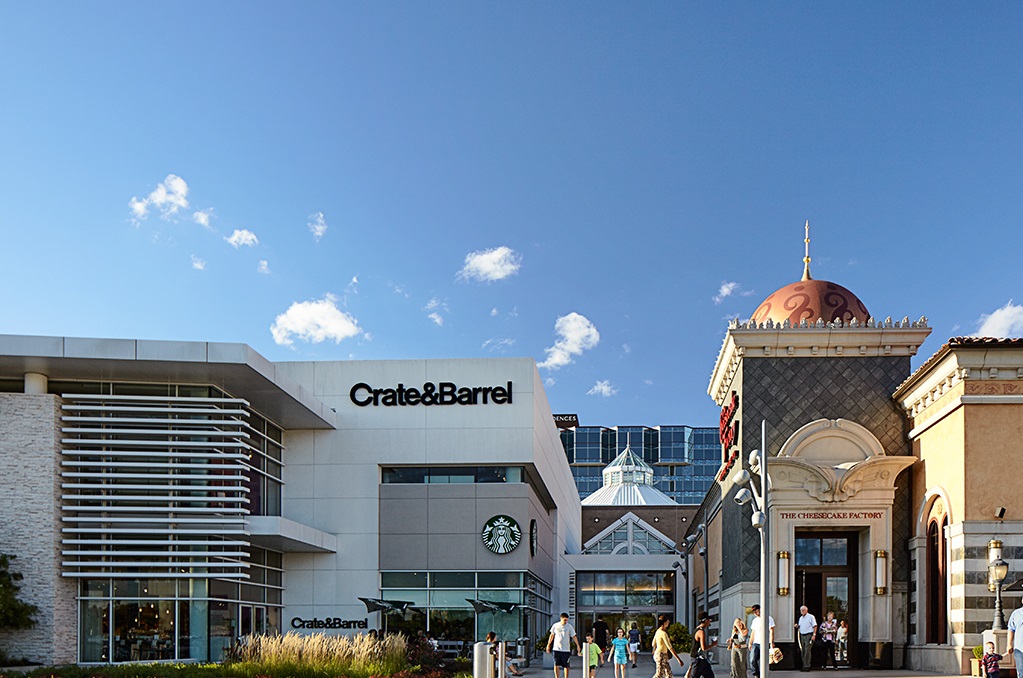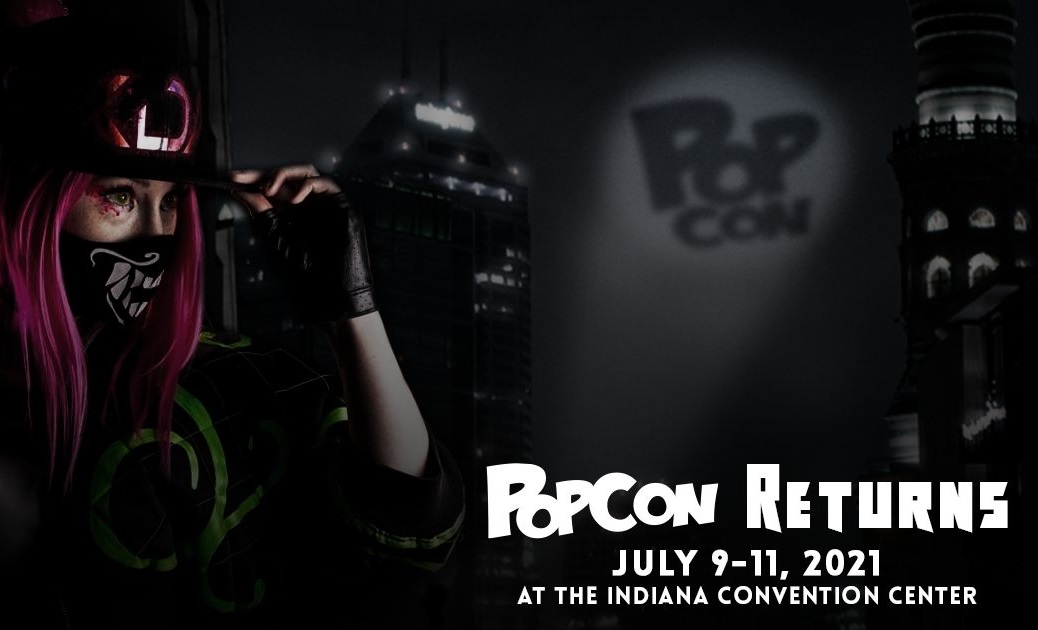President-elect Joe Biden and incoming first lady Jill Biden will receive the first dose of the Pfizer vaccine on Monday in Delaware, transition spokesperson Jen Psaki told reporters on a briefing call Friday.
The transition team did not have details on where exactly the vaccination would take place.
Psaki said that Vice President-elect Kamala Harris and her husband, Doug Emhoff, would receive their vaccinations the following week.
Pfizer’s vaccine requires two doses administered several weeks apart in order to reach 95% efficacy.
Psaki said Biden and Harris were staggering the vaccine at the recommendation of medical experts. The reason could be that if Biden and Harris experience the expected side effects, such as a headache or fever, the two would not experience them on the same day.
Biden told CNN’s Jake Tapper earlier this month that he would be “happy to” receive a coronavirus vaccine once Dr. Anthony Fauci, the nation’s top infectious disease expert, said it was safe, and that he would get the injection in a public setting to demonstrate his confidence in it. Harris also said in the interview that she would get the vaccine.
Fauci told ABC’s “Good Morning America” this week that his “strong recommendation” would be that Biden and Harris get vaccinated “as soon as we possibly can.” He also recommended that President Donald Trump and Vice President Mike Pence receive the vaccination.
Pence, second lady Karen Pence and Surgeon General Jerome Adams were administered the vaccine at an on-camera event Friday morning. The Trump administration said having Pence receive the vaccine in public was part of the government’s efforts to build confidence among the public in the vaccine’s safety and efficacy.
Trump has not received the vaccine yet and won’t be administered one until it is recommended by the White House medical team, a White House official told CNN earlier this week. The President is still receiving the benefits of the monoclonal antibody cocktail he was given after he tested positive for COVID-19 earlier this year, the official said, but he is likely to get his shot once he moves into a timing window to receive vaccination.
The announcement from Biden’s team comes after the first doses of the Pfizer and BioNTech coronavirus vaccine were injected into health care workers on Monday. The vaccine was authorized by the US Food and Drug Administration for emergency use last week, and the first doses have been delivered to all 50 states, the District of Columbia and Puerto Rico.
The FDA also plans to grant emergency use authorization to Moderna for their vaccine, FDA Commissioner Dr. Stephen Hahn and Dr. Peter Marks, director of the FDA’s Center for Biologics Evaluation and Research, said in a statement Thursday night. The FDA’s vaccine advisory committee made its recommendation for the vaccine Thursday, and the FDA’s final decision is expected by Friday.
As part of the President-elect’s plan to combat the virus, Biden has said his administration would aim to distribute 100 million vaccine shots, which is enough to cover 50 million people, in his initial 100 days in office.
Coronavirus cases are spiking across the country, and more than 311,000 Americans have been killed as of Friday afternoon.
Vaccine advisers to the US Centers for Disease Control and Prevention have recommended that health care workers and residents of long-term care facilities be first in line to get vaccinated. It will likely be months before the vaccine is widely available to the rest of the population.
Coronavirus links
- Indiana State Department of Health coronavirus information (includes phone number to state hotline)
- Information on COVID-19 vaccinations in Indiana
- WISH-TV coronavirus coverage
- WISH-TV’s “Gr8 Comeback”
- Original Indiana Back on Track plan
- Revised Stage 3 of Indiana Back on Track plan (May 12-June 13)
- Revised Stage 4 of Indiana Back on Track plan (June 12-July 3)
- Governor’s order, July 1: Stage 4.5 of Indiana Back on Track plan
- Governor’s order, Aug. 26: Extension of Stage 4.5 of Indiana Back on Track plan
- Governor’s order, Sept. 24: Revised Stage 5 of Indiana Back on Track plan
- Governor’s order, Jan. 28, 2021: 11th renewal of statewide emergency
- Indianapolis government’s COVID-19 Community Resources page
- Gleaners Food Bank distribution sites in Indianapolis area, south central Indiana
- Second Harvest of East Central Indiana “tailgate” food distribution sites
- Food Finders distribution sites in west and north central Indiana
- Coronavirus COVID-19 global cases map from John Hopkins University
- CDC’s coronavirus page
- Marion County Public Health Department coronavirus information
- U.S. Small Business Administration’s Economic Injury Disaster Loan program
- Indiana PPE Directory (for businesses, nonprofits and schools only)
Indiana coronavirus timeline
With information from the Indiana Department of Health through Feb. 18, 2021, this timeline reflects updated tallies of deaths and positive tests prior to that date.
- March 6, 2020: Indiana State Department of Health (ISDH) confirms the first case in Indiana. Officials say the Marion County resident had recently traveled to Boston to attend a BioGen conference as a contractor.
- March 8: ISDH confirms a second case. An adult in Hendricks County who had also traveled to the BioGen conference was placed in isolation. Noblesville Schools say a parent and that parent’s children will be self-quarantining after attending an out-of-state event where someone else tested positive.
- March 9: Avon Community School Corp. says a student on March 8 tested positive.
- March 10: ISDH launches an online tracker. Ball State University basketball fans learn the Mid-American Conference tourney will have no fans in the stands. Three businesses operating nursing homes in Indiana announce they will no longer allow visitors.
- March 11: The Indianapolis-based NCAA announces the Final Four basketball tournaments will be conducted with essential staff and limited family attendance. The Big Ten announces all sports events, including the men’s basketball tournament at Bankers Life Fieldhouse, will have no fans starting March 12. Ball State University suspends in-person classes the rest of the spring semester. NBA suspends all games, including the Indiana Pacers, until further notice. Butler University and the University of Indianapolis extend spring break, after which they will have virtual classes.
- March 12: Gov. Eric Holcomb announces new protections that led to extended public school closings and the cancellation of large events across the state. The NCAA cancels its basketball tournaments. The Big Ten suspends all sporting events through the winter and spring seasons. The league including the Indy Fuel hockey team suspends its season. Indy Eleven says it will reschedule four matches. Indianapolis’ annual St. Patrick’s Day Parade is canceled.
- March 13: The Indiana High School Athletic Association postpones the boys basketball tournament. Wayzata Home Products, a Connersville cabinet maker, shuts down and lays off its entire workforce due to market uncertainty. Gov. Holcomb announces actions including the elimination of Medicaid co-pays for COVID-19 testing and the lifting of limits on the number of work hours per day for drivers of commercial vehicles. Franklin College says it will begin online classes March 18 and empty residence halls of students in two days. The Children’s Museum of Indianapolis closes indefinitely. The Indianapolis Public Library joins other libraries across Indiana and closes all facilities indefinitely.
- March 14: The Indiana Gaming Commission says all licensed gaming and racing operations will close in two days for an indefinite period.
- March 15: Indiana had its first death. St. Vincent Hospital in Indianapolis announces it will suspend all elective, non-urgent surgeries.
- March 16: Indiana had its second death. Gov. Holcomb announced the first Hoosier death. He closes bars, restaurants and nightclubs to in-person patrons, but maintains carryout and delivery services.
- March 17: Indiana had its third and fourth deaths. ISDH announces Indiana’s second death. Indiana’s Catholic bishops cancel masses indefinitely. Gov. Holcomb activates the National Guard. Purdue, Butler and Indiana State universities cancel May commencement ceremonies.
- March 18: Indiana had its fifth death. Eli Lilly and Co. says it will use its labs to speed up testing in Indiana. The 500 Festival suspends all events. Simon Property Group closes all malls and retail properties.
- March 19: Gov. Holcomb extends Indiana’s state of emergency into May. Holcomb says he’ll close all K-12 public and nonpublic schools. Standardized testing was canceled. The state’s income-tax and corporate-tax payment deadline was extended to July 15. Holcomb says the state will waive job search requirements for people applying for Temporary Assistance to Needy Families. The IHSAA Boys Basketball State Tournament was canceled. The Marion County Emergency Operations Center upgrades to Level 1 status.
- March 20: Indiana’s death toll rose to 9. ISDH announces Indiana’s third death. Gov. Holcomb moves the state’s primary election to June 2. Indiana University says it is postponing May commencement ceremonies on all campuses.
- March 21: Indiana’s death toll rises to 14. ISDH announces Indiana’s fourth death. Indiana National Guard says it and the Department of Transportation are distributing medical supplies to hospitals.
- March 22: Indiana’s death toll rises to 18. ISDH announces seven deaths.
- March 23: Indiana’s death toll rises to 23. Holcomb orders Hoosiers deemed nonessential to “stay at home” from March 24-April 7. Eli Lilly & Co. begins drive-thru testing for the coronavirus for health care workers with a doctor’s order. Ball State University cancels the May commencement.
- March 24: Indiana’s death toll rises to 28. Fred Payne of Indiana Workforce Development says any Hoosiers out of work, including temporary layoffs, are eligible to apply for unemployment benefits.
- March 25: Indiana’s death toll rises to 34. Indianapolis Motor Speedway announces the Indianapolis 500 is moved to Aug. 23.
- March 26: Indiana’s death toll rises to 43.
- March 27: Indiana’s death toll rises to 46.
- March 28: Indiana’s death toll rises to 58.
- March 29: Indiana’s death toll rises to 76.
- March 30: Indiana’s death toll rises to 91.
- March 31: Indiana’s death toll rises above 100, to 112. Gov. Holcomb extends the limits of bars and restaurants to offer only “to go” and “carryout” through April 6. Indiana health commissioner Dr. Kristina Box, asked about when Indiana will be in a surge of COVID-19 cases, says she thinks the surge is starting.
- April 1: Officials extend Marion County’s “stay at home” order through May 1. Marion County health officials say they will start COVID-19 testing services for front-line employees.
- April 2: The state announces K-12 schools will be closed for the rest of the school year. The Indiana High School Athletic Association cancels spring sports seasons.
- April 3: Gov. Holcomb extends the “stay at home” order through April 20. The state receives a federal Major Disaster Declaration for all 92 counties. The Indiana National Guard says it, the Army Corps of Engineers and state health officials will begin to assess sites for alternate health care facilities.
- April 4: Indiana’s death toll rises above 200.
- April 6: The state reports a Madison County nursing home has had 11 deaths. Gov. Holcomb extends the “stay at home” order through April 20. He also limits additional businesses to carry-out only.
- April 7: Indiana’s death toll rises above 300. Indiana health commissioner Box says four long-term care facilities have 22 deaths that appear to be related to COVID-19.
- April 10: ISDH said 24 residents of a long-term care facility in Madison County have died from COVID-related illness.
- April 11: Indiana’s death toll rises above 400.
- April 15: Indiana’s death toll rises above 500.
- April 16: Indiana records more than 10,000 positive coronavirus tests. The governor says he expects Indiana to experience a reopening in early May.
- April 17: The governor says that he will extend the “stay at home” order through May 1.
- April 20: Gov. Holcomb extends the “stay at home” order to May 1. The governor also says, if the medical supply chain is in good shape, other elective medical procedures can resume April 27.
- April 22: The Tyson facility in Logansport voluntarily closes so 2,200 employees can be tested for COVID-19.
- April 24: The Indianapolis City-County Council approves $25 million to help small businesses. Fishers City Council creates a city health department with a plan to test every resident.
- April 25: ISDH says it will launch an antibody testing study for Hoosiers; thousands of residents were randomly selected to participate in the study.
- April 27: Indiana’s death toll rises above 1,000.
- April 28: Indiana officials say they will open COVID-19 testing to more Hoosiers, with expanded criteria and new testing services at 20 sites around the state.
- April 29: The state says it will spent $43 million on contact tracing.
- April 30: Indianapolis extends its stay-at-home order through May 15.
- May 1: Gov. Holcomb announces a phased reopening plan for the state of Indiana. He also extends the stay-at-home order to May 4.
- May 3: Indiana records more than 20,000 positive coronavirus tests.
- May 4: Indiana enters Stage 2 of its Back on Track plan, which excludes Cass County until May 18, and Lake and Marion counties until May 11.
- May 6:The state begins testing for all Hoosiers at 20 sites, with plans to expand the number of sites to 50 in a week. Ivy Tech Community College says it will continue virtual classes when summer courses begin in June.
- May 8: Cris Johnston, director of the Office of Budget and Management, says the state missed out on nearly $1 billion in anticipated April revenues; all state agencies will be given budget-cutting goals. Purdue University OKs plans to reopen for the fall semester with social distancing and other safety measures.
- May 13: The first phase of a state-sponsored study of the coronavirus estimated about 186,000 Hoosiers had COVID-19 or the antibodies for the novel virus by May 1. Indianapolis Mayor Joe Hogsett announced plans for limited reopenings of worship services, retail establishments, libraries and restaurants.
- May 15: Simon Property Group reopens Castleton Square Mall, Circle Centre Mall, and Fashion Mall at Keystone
- May 18: Indiana reports its first case of multisystem inflammatory syndrome in a child. The Farbest Foods turkey-processing plant in Huntingburg is closed for three days; 91 people had tested positive there.
- May 21: Indiana records more than 30,000 positive coronavirus tests.
- May 22: Indiana advances to Stage 3 of the Back on Track reopening plan. Indianapolis closes portions of five streets to allow restaurants to reopen with outdoor dining only.
- May 26: Indiana’s death toll rises above 2,000.
- May 27: Indiana University says the fall semester will have in-person and online courses, plus an adjusted calendar through May 2021. Ball State University says the fall semester will be 13 straight weeks of in-person classes with no day off on Labor Day and no fall break.
- May 29: Places of worship in Marion County can begin holding indoor services at 50% capacity with proper social distancing. Jim Schellinger, Indiana secretary of commerce, said the federal Paycheck Protection Program has made 73,430 loans in Indiana totaling $9,379,164,461, the federal Economic Injury Disaster Loan program has made 5,070 loans in Indiana totaling $445,428,500, and the federal Economic Injury Disaster Loans Advance program has made 38,365 grants in Indiana totaling $136,554,000.
- June 1: Marion County restaurants begins serving customers indoors and outdoors with 50% capacity. Marion County salons, tattoo parlors reopen by appointment only. Marion County gyms, fitness centers and pools reopen with 50% capacity and no contact sports. However, a Marion County curfew that began the night of May 31 and continued into the morning of June 3 after rioting impacted the reopening of some businesses.
- June 3: Phase 2 of statewide testing of random Hoosiers by the Indiana University Richard M. Fairbanks School of Public Health at IUPUI and the Indiana State Department of Health begins.
- June 5: Indiana reports May tax revenues were 20% short of projections made before the coronavirus closings started.
- June 8: Indianapolis leaders agree to spend $79 million in coronavirus relief funding on contact tracing, rent relief, personal protective equipment and support for small businesses.
- June 12: Indiana, excluding Marion County, advances to Stage 4 of reopening plan.
- June 15: Casinos and parimutuel racing reopen in the state. Marion County’s public libraries begin a phased reopening.
- June 19: Marion County advances to Stage 4 of state’s reopening plan.
- June 24: The governor says the state’s moratorium on the eviction on renters will be extended through July. Indiana announces it will create a rental assistance program July 13. Indiana Pacers guard Malcolm Brogdon says he has tested positive for COVID-19.
- June 27: Indiana hospitalizations for COVID-19 begin to increase, with about 33 new patients a day through July 1.
- July 1: The governor pauses Stage 5 final reopening plan, announces Stage 4.5 from July 4-17.
- July 4: Indiana’s Stage 4.5 reopening plan begins.
- July 9: Indiana records more than 50,000 positive coronavirus tests. Marion County mandates mask-wearing.
- July 10: Indianapolis Public Schools announces its reopening plans.
- July 11: Indy Eleven resumes 2020 season with victory at Lucas Oil Stadium. The Children’s Museum of Indianapolis reopens.
- July 13: Indiana begins rental assistance program for all counties but Marion County. Marion County begins its own rental assistance program.
- July 15: Indiana announces the Stage 4.5 reopening plan will continue another two weeks. The WNBA season begins.
- July 16: Indianapolis suspends applications for its rental assistance program due to overwhelming demand.
- July 24: Bars, taverns and nightclubs in Indianapolis are shut down again. City officials also return to other previous restrictions.
- July 25: Indiana Fever begins WNBA season after delays.
- July 27: Indiana governor’s order to wear face coverings begins. Great Lakes Valley Conference, which including University of Indianapolis, postpones most fall sports, including football, men’s and women’s soccer, and volleyball, until spring.
- July 30: NBA season resumes.
- Aug. 4: Indianapolis Motor Speedway announces the Aug. 23 Indianapolis 500 will be run without fans.
- Aug. 5: With more than 1,000 positive tests reported in a single day, Indiana jumps to a total of 70,993 positive coronavirus tests.
- Aug. 10: Indiana records more than 75,000 positive coronavirus tests.
- Aug. 11: Indiana’s death toll rises above 3,000.
- Aug. 17: Indianapolis Public Schools restarts with online-only classes. News 8 learns the 2021 NBA All-Star Game will not happen on Presidents Day weekend in 2021.
- Aug. 20: Purdue University suspends 36 students after a party at a co-op.
- Aug. 21: Indiana high school football season begins with some teams not playing due to COVID-19 concerns.
- Aug. 23: Butler University tells undergraduates that instruction will occur remotely for the first two weeks of the semester, starting Aug. 24, instead of in classrooms.
- Aug. 24: Purdue, Indiana, IUPUI and Ball State universities resume in-person classes.
- Aug. 25: Reports say a fraternity, a sorority and a cooperative house at Purdue University are under quarantines.
- Aug. 26: Gov. Holcomb extends the mask mandate through Sept. 25. Indiana’s rental assistance program will take applications for one last day.
- Aug. 27: Indiana University says eight Greek houses are under 14-day quarantines.
- Sept. 2: Indiana University tells 30 Greek houses in Bloomington to quarantine.
- Sept. 6: Indiana records more than 100,000 positive coronavirus tests.
- Sept. 8: Marion County allows bars and nightclubs to reopen with 25% capacity indoors and 50% capacity outdoors.
- Sept. 12: The Indianapolis Colts open their season with a loss in a Jacksonville stadium with a limited number of fans.
- Sept. 21: The Indianapolis Colts home opener is limited to 2,500 fans.
- Sept. 23: Gov. Eric Holcomb extends the mask mandate through Oct. 17.
- Sept. 24: The state’s mask mandate is extended through Oct. 17.
- Sept. 25: The Mid-American Conference announces it will start a six-game football season Nov. 4, with the championship game Dec. 18 or 19.
- Sept. 26: Indiana advances to a revised Stage 5 of Indiana Back on Track plan with relaxed limits on gatherings, restaurants, bars, nightclubs and more. Marion, Monroe and Tippecanoe counties decided to have more restrictive limits, however.
- Sept. 27: The Indianapolis Colts second home game is limited to 7,500 fans.
- Sept. 28: Purdue University says it’s suspended 14 students, including 13 student-athletes, for violations of a pledge designed to curb the coronavirus pandemic on campus.
- Sept. 30: The Indiana State Department of Health’s online coronavirus dashboard began showing data on positive coronavirus cases in Indiana schools.
- Oct. 1: IU’s website shows two additional fraternities and a sorority at the Bloomington campus have been issued “cease and desist” orders.
- Oct. 2: Franklin College suspends classes and moves to virtual education and activities through Oct. 9 after a “concerning and unusual” increase in the positivity rate for COVID-19.
- Oct. 12: Franklin College returns to in-person classes.
- Oct. 13: Indianapolis-based drugmaker Lilly pauses its trial of a combination antibody treatment for coronavirus for safety reasons.
- Oct. 14: Indiana health commissioner Dr. Kristina Box announces she has tested positive for COVID-19.
- Oct. 15: Gov. Holcomb issues executive order to extend mask mandate and Stage 5 reopening plan.
- Oct. 16: Indiana’s death toll rises above 4,000.
- Oct. 18: The Indianapolis Colts third home game was limited to 12,500 fans.
- Oct. 23: The Big Ten begins its football season.
- Oct. 30: Gov. Holcomb extends the public health emergency through Dec. 1.
- Nov. 1: Indiana National Guard to begin deploying to long-term care facilities to provide coronavirus assistance.
- The Mid-American Conference football teams begins its six-game regular season.
- Nov. 5: Indiana records more than 200,000 positive coronavirus tests.
- Nov. 8: The Indianapolis Colts fourth home game was limited to 12,500 fans. .
- Nov. 11: Indiana’s death toll rises above 5,000.
- Nov. 12: Indianapolis calls for schools to go to virtual learning by Nov. 30.
- Nov. 15: Indiana adds coronavirus-control restrictions for all businesses and gatherings in counties with the highest number of new cases as part of an update to the statewide COVID-19 pandemic response.
- Nov. 16: Indianapolis limits capacity inside bars, private clubs, fraternal organizations and gyms to 25%; inside restaurants, libraries, funeral homes, swimming pools and shopping malls’ food courts to 50%; and inside religious services to 75%. Marion County Health Department requires preregistration for COVID-19 testing after increased demand at three drive-thru locations.
- Nov. 22: Indiana records more than 300,000 positive coronavirus tests.
- Nov. 23: Indianapolis Public Schools returns to virtual learning through Jan. 18.
- Nov. 24: The NCAA men’s and women’s basketball seasons begin; some games had no fans in the stands.
- Nov. 25: Indiana’s death toll rises above 6,000.
- Nov. 26: Butler University men’s basketball cancels Nov. 29 game against Eastern Illinois after a positive COVID-19 test.
- Nov. 28: Butler University men’s basketball team postponed two more games because of a positive COVID-19 test.
- Dec. 1: Bankers Life Fieldhouse hosts its first NCAA men’s basketball game, Kansas vs. Kentucky, since the start of the pandemic.
- Dec. 2: Indianapolis ends its rental assistance program.
- Dec. 5: The men’s basketball game of No. 1 Gonzaga and No. 2, Baylor at Bankers Life Fieldhouse is postponed 90 minutes before tipoff after two Bulldogs test positive.
- Dec. 7: Indiana’s death toll rises above 7,000.
- Dec. 9: Indiana records more than 404,000 positive coronavirus tests. Gov. Holcomb says virus restrictions will now by county based on ratings that show the local virus spread. Indiana and Purdue universities cancel the Old Oaken Bucket football game set for Dec. 12.
- Dec. 10: Indiana House Speaker Todd Huston tested positive for COVID-19.
- Dec. 11: The Pacers lose to the Cavaliers as the NBA preseason begins. The Carmel Walmart in Westfield closes for nearly two days to sanitize the store.
- Dec. 12: Ball State University President Geoffrey Mearns tests positive for the coronavirus.
- Dec. 14: Health care workers receive the first coronavirus vaccinations in Indiana.
- Dec. 15: Vice President Mike Pence holds a roundtable in Bloomington at pharmaceutical maker Catalent on the distribution of COVID-19 vaccines. Indiana and Purdue again cancel the Old Oaken Bucket football game that’d been reset for Dec. 18.
- Dec. 17: Indiana’s death toll rises above 8,000.
- Dec. 20: The Indianapolis Colts allows up to 10,000 attendees at Lucas Oil Stadium for the team’s game against the Houston Texans.
- Dec. 22: NBA starts league’s 75th season, delayed and shortened to a 72-game schedule because of the pandemic.
- Dec. 23: In response to the high volume of unemployment claims, Holcomb extends the suspension of certain requirements to expedite the hiring and training of temporary workers to more quickly resolve unemployment issues. Indiana Pacers to host first home game against New York Knicks with no fans present.
- Dec. 28: Indiana’s death toll rises above 9,000. Indiana records more than 500,000 positive coronavirus tests.
- Dec. 31: Indiana’s death toll for 2020 is 9,391.
- Jan. 2, 2021: Indiana’s death toll rises above 9,500.
- Jan. 3: The Indianapolis Colts allow 10,000 attendees at Lucas Oil Stadium for the team’s game against the Jacksonville Jaguars.
- Jan. 4: Grades 1-12 schools in Marion County are allowed reopen to in-person learning. Perry Township Schools is the only district to reopen to in-person learning.
- Jan. 5: Purdue and Nebraska postpone a men’s basketball game over health and safety concerns.
- Jan. 8: Indiana’s death toll rises above 10,000. Hoosiers 80 and older start receiving the coronavirus vaccine.
- Jan. 13: Hoosiers 70 and older can get the coronavirus vaccine.
- Jan. 16: Indiana’s death toll rises above 10,500.
- Jan. 18: NFL announces the scouting combine will not happen in Indianapolis in February.
- Jan. 20: Indiana records more than 601,000 positive coronavirus tests. Indiana Pacers host up to 1,000 fans at a game at Bankers Life Fieldhouse for first time since pandemic began.
- Jan. 24: Indiana’s death toll rises to 11,000.
- Feb. 1: Hoosiers 65 and older can get the coronavirus vaccine.
- Feb. 2: Indiana’s death toll rises above 11,500.
- Feb. 4: Indiana’s death toll rises above 11,600. Indiana records more than 635,000 positive coronavirus tests. More than 1,500 coronavirus deaths were added to the Indiana State Department of Health’s dashboard after an audit found they were not recorded. News 8 learns all games for the Big Ten men’s basketball tourney will move from Chicago to Indianapolis’ Lucas Oil Stadium.
- Feb. 7: Indiana’s death toll rises above 11,700. Indiana to change school protocols for classroom quarantine and contact tracing. Indiana records more than 641,000 positive coronavirus tests.
- Feb. 12: Indiana’s death toll rises above 11,800.
- Feb. 15: Indiana records more than 650,000 positive coronavirus tests.
- Feb. 16: Indiana records more than 651,000 positive coronavirus tests.
- Feb. 17: Indiana records more than 652,000 positive coronavirus tests. Indiana officials announced plans for a $448 million program to give housing assistance to Hoosiers.
- Feb. 18: Indiana records more than 653,000 positive coronavirus tests.
- Feb. 19: The NCAA says up to 25% capacity will be allowed for all rounds of the men’s basketball tourney including the Final Four. The Indianapolis Motor Speedway announces the May 30 Indianapolis 500 will have fans.
- Feb. 28: Indiana National Guardsmen to end assistance to long-term care facilities.
- March 1: Holcomb’s emergency declaration and mask mandate set to end.
- March 18: NCAA men’s March Madness games, all of them at venues in Indianapolis, Bloomington and West Lafayette, to start.















